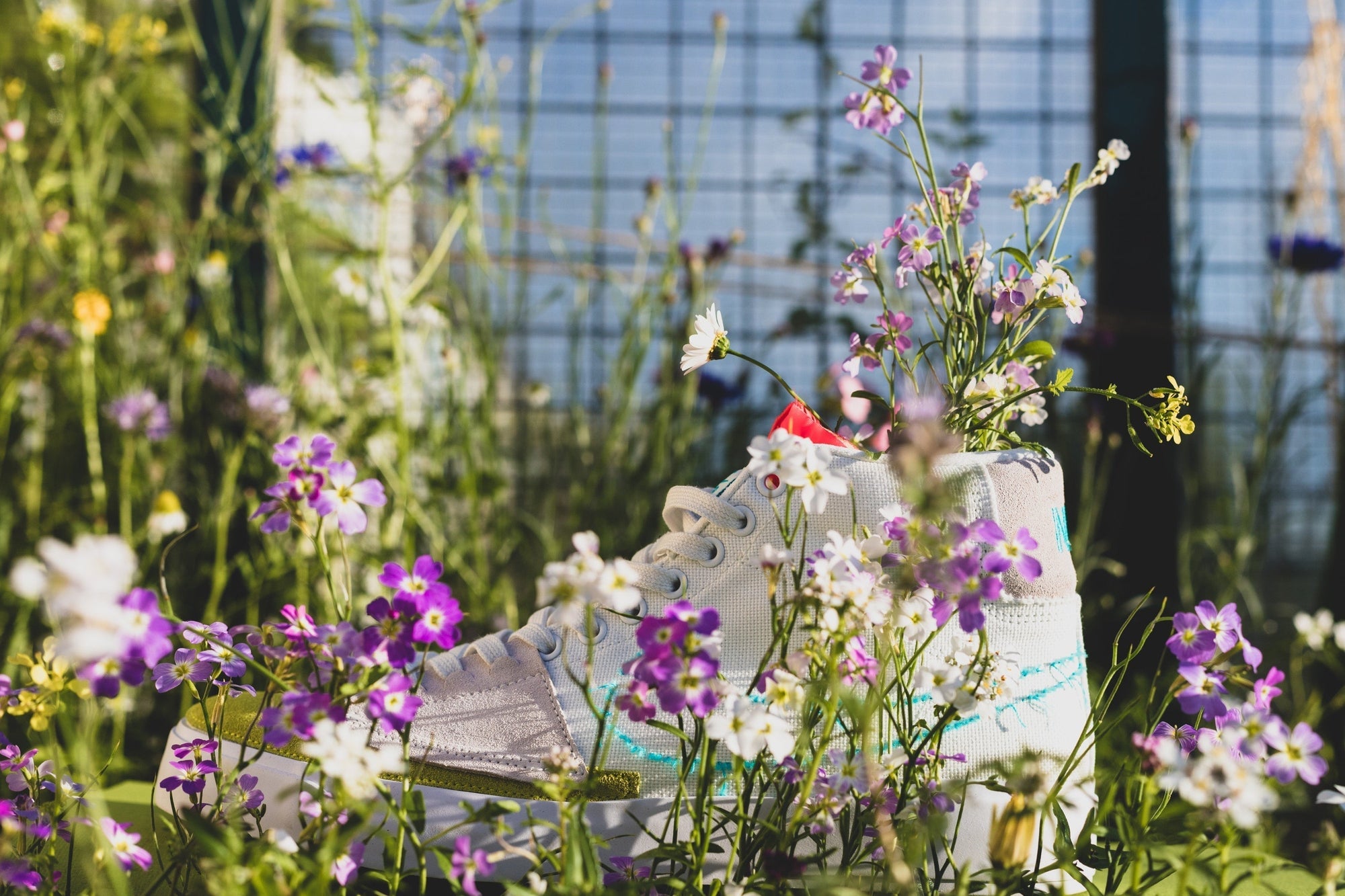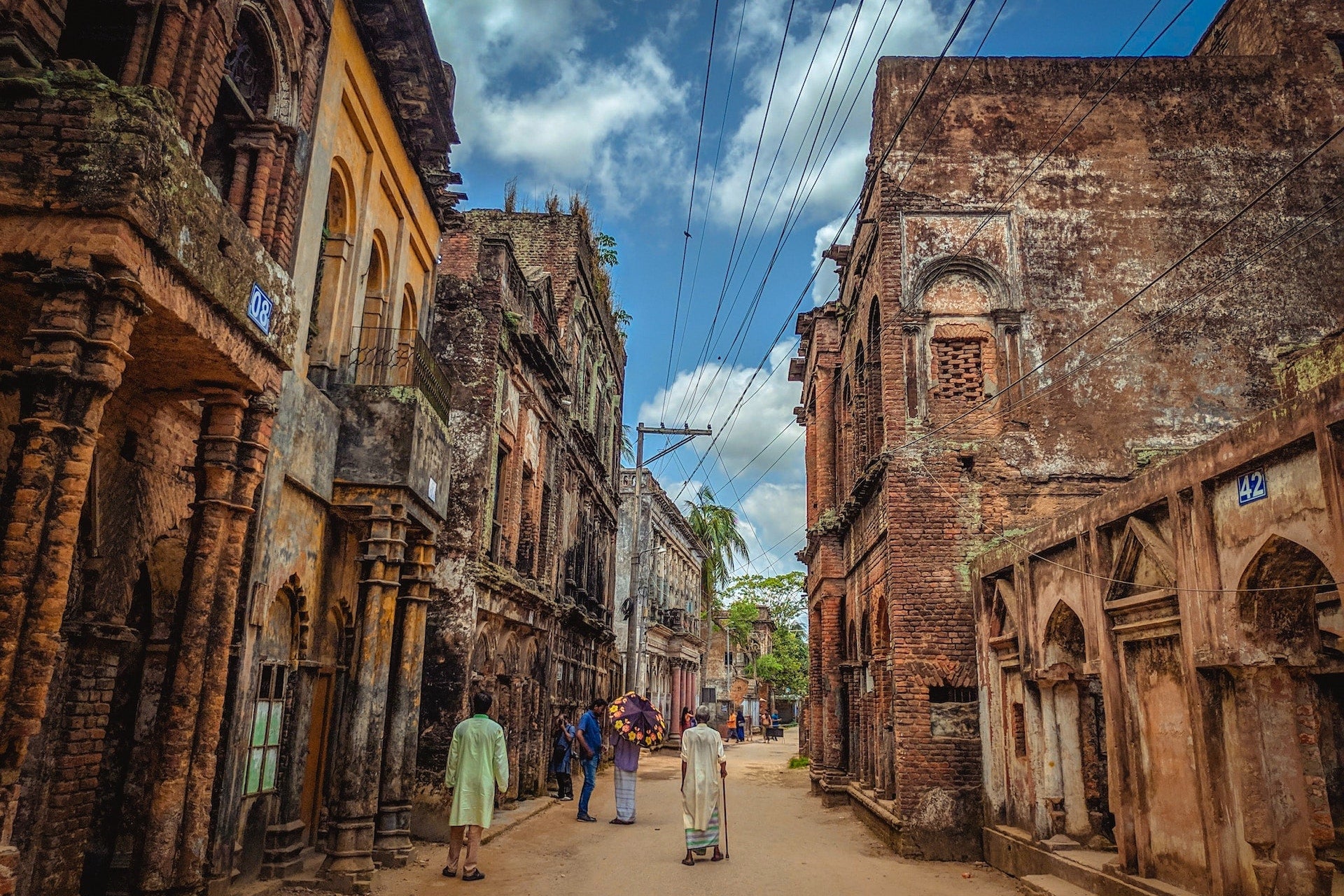The combination of fashion and the circular economy is not a new one. Sources say circular fashion actually started in 2014. But chatter on this topic has grown due to the hype surrounding sustainability, hastened by the recent pandemic.
It’s worth pointing out the importance of the apparel industry. According to the UN, fashion contributes $2.4 trillion to global manufacturing, and provides at least 300 million jobs worldwide. Unfortunately, fashion is also one of the biggest contributors of GHG emissions. Hundreds of billions of dollars is lost in unsold inventory and unused material. The list of negative impacts doesn’t end here.
Clearly, fashion needs to change for the better. One of the proposed solutions to achieve this is to move from a linear model to a circular one.
To start, what is linear fashion and what’s wrong with it?
Linearity refers to a straight-line process. We begin with the design of a product and end with its disposal. No thought goes towards what happens to a skirt or a sweater after they’re thrown away. The fashion industry has operated this way for decades, because linearity allows businesses to maximise sales through the fast-paced churning out of new products. People are constantly encouraged to buy more and buy quickly. Thanks to linearity, the world has fast fashion.
As such, the model has serious negative environmental and social consequences. It involves a resource-intensive process, with a colossal amount of raw material inputs. Traditionally, the most popular fabrics have been synthetic (e.g. polyester and nylon), raising the issues of chemical waste and microplastics pollution. An estimated 200 trillion litres of water is used to create textiles and garments. Waste is a recurring problem throughout the value chain.
 Team members of The Or Foundation investigate textile waste on the beaches of Ghana
Team members of The Or Foundation investigate textile waste on the beaches of Ghana
When a business’ main focus is the bottom line, a lot of pressure is placed on the margins. In particular, fast fashion’s workers suffer as a result - receiving low wages and/or working in dangerous or subpar conditions.
Linear fashion doesn’t consider the environment or ethics. Instead, it perpetuates a harmful cycle of waste and consumption.
Circularity to counter linear fashion
The first step to solving any problem is being able to acknowledge the problem. Nowadays, more people are becoming aware of the negative impacts of fast fashion. They want better clothes that last longer, and that do less damage to the environment and those involved.
Enter, circular fashion.
The Ellen MacArthur Foundation says, “A circular economy for fashion creates better products and services for customers, contributes to a resilient and thriving fashion industry, and regenerates the environment. It prioritises the rights and equity of everyone involved in the fashion industry, and will create new opportunities for growth that are distributed, diverse, and inclusive.”
In an ideal world, all this means no need for new raw materials, no harm, and little-to-no waste. Products are 100% recyclable or reusable. And a positive impact is present every step of the way. While fashion is far from achieving the perfect circular economy, the supposed benefits are clear: a reduction in pollution levels, no new resource extraction, no material or final product wasted. When the attention shifts away from sales to a sustainable process, workers receive proper compensation and treatment because they are essential to the success of a circular model.
Two of the most common circular fashion examples are upcycling and closed-loop production. Upcycling is about giving new life and purpose to a product that is no longer used. For example, a DIY fix-it project at home is upcycling at its most basic. Instead of throwing away an old raggedy pair of jeans, the remaining fabric can be used to make something else. Closed-loop production is a system wherein any waste, whether from the production or post-consumption phases, is recaptured and reused. In this case, the emphasis is on natural resource conservation.
 Revolution Company explains the circular model for their plastics business
Revolution Company explains the circular model for their plastics business
How do the two models differ?
Whereas linear fashion is a “design-until-dispose” system, circular fashion considers every part of the value chain. Circularity essentially implies that there is no “end” to the system, because everything can be repurposed.
Swipe through to break it down visually:
How you can support circular fashion
Circular fashion is a work-in-progress, but brands are using it as a creative response to the industry’s many sustainability-related challenges.
To do your part as a conscious shopper, here are some of the circular brands that you can support:
- POMP - Yep, that’s us. We’re a UK label known for our affordable organic cotton clothing. Our Sustainable Essentials Collection is made from 50% recycled cotton and 50% virgin cotton. Not only that, each item can easily be sent back for recycling once you’re done - using the QR code on the label.

- 4Kinship - A Navajo-owned brand that works with artisans to make handmade one-of-a-kind pieces from old clothes. 4Kinship regularly does fundraising to support community programs and environmental preservation efforts.
- The North Face - More than just a big name, TNF is one of the leading examples for circular fashion. Shop their dedicated Circular Design Collection or take part in their take-back program.
- Hotel Vêtements - A stylish French brand that creates unique pieces from old curtains, handmade linens, tablecloths, and much more. Everything is handmade and designed to tell its own story.
- 1/OFF - Based in Paris, 1/OFF transforms high-end vintage items from giants like Chanel, Burberry and Ralph Lauren. It’s a gateway into luxury fashion, as well as a step towards more sustainable consumption.
What about you? Are you or your brand doing impactful work in the circular fashion sphere? If so, let us know and we can add you to our list!




